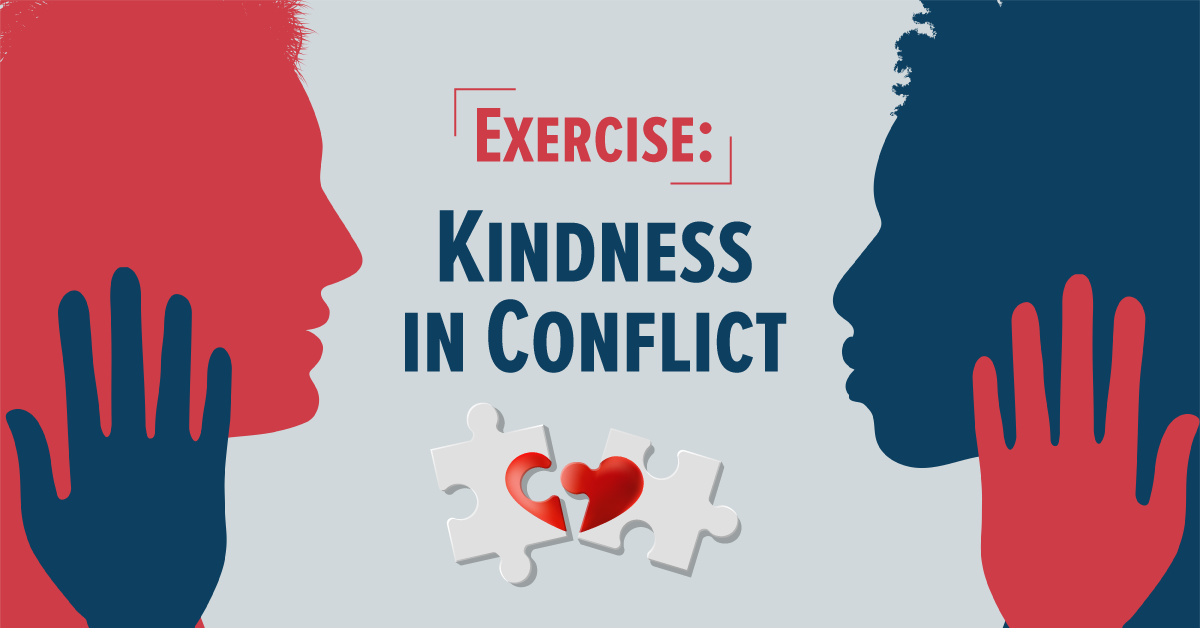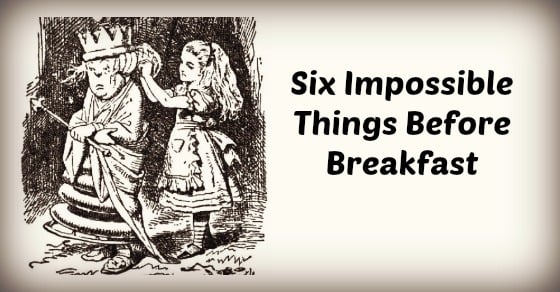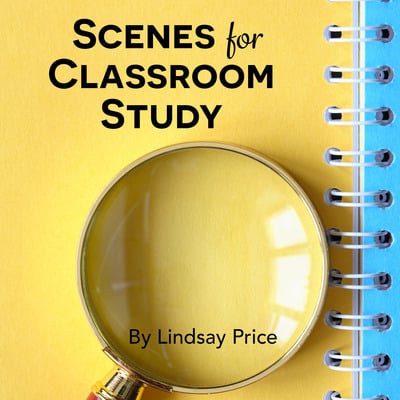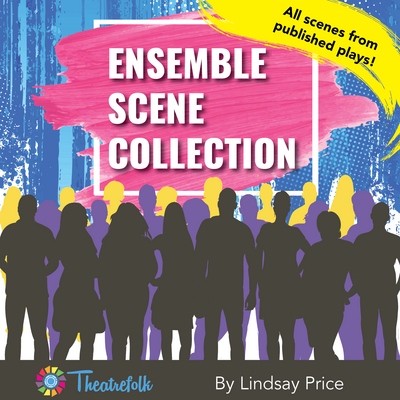Exercise: Kindness in Conflict
In this exercise, students will pair up to write and perform two short scenarios in which a conflict occurs, exploring how kindness can change the dynamics of the conflict. For this exercise, students will need paper and writing utensils or a chromebook, and a small area in which to perform the scenes.
Instructions
1. Preparation: As a full class, have students brainstorm scenarios in which a conflict occurs. The list below can get you started:
- Two students both want to be the leader on a group project.
- A person borrows their sibling’s sweater without permission.
- Two siblings have to navigate sharing a bathroom before school.
- A student is feeling stressed and takes it out on their friend who is trying to help.
- A person finds out their friend went to the movies without them.
- Two siblings argue about who gets the last snack.
- Two students are partnered together for a project, but one partner doesn’t do their part of the assignment on time.
- A student feels jealous that their friend got the lead in the school play and they didn’t, and talks about it behind their back.
- An unhappy customer demands to speak to the store manager.
- A student takes an unflattering photo of their friend without their permission and posts it online.
2. Divide students into pairs. Have each pair select a scenario. Assign one student to write and play the “angry” character and the other student to write and play the “calm” character.
3. Have students write two different versions of the scenario. The minimum length is one page per scenario; the maximum length is two pages per scenario. The student assigned the “angry” character will write the lines for their own character, while the student assigned the “calm” character will write the lines for their own character. Throughout the writing process, students should work on actively listening to their partner and creating lines that make sense with what their partner has written.
In the first version of the scenario, the angry character speaks harshly to the calm character, who remains composed and speaks with kindness throughout the interaction. The second version of the scenario is a “do-over” of the first scenario. Using the same initial conflict as the first scene, the angry character starts out angry but eventually replies in a kinder manner. The calm character may respond well to the kindness displayed, or they might respond entirely differently. Each scenario must have a beginning, middle, and end.
Please note: For this exercise, keep scenes hands-off, even if your students have been trained in stage combat.
4. Once students have finished writing, have each pair rehearse the scenes they’ve prepared; then have them perform the two scenes for the rest of the class. The scenes may be performed on-book, with script in hand.
5. After the pairs have performed, discuss the difference in outcomes for each version of the scene. If you don’t have time for a class discussion, have students respond to one or more of the questions in their journals. Some discussion questions you might include are:
- How did the conflict change when kindness was introduced?
- What might the characters have done differently in the scenarios, if they had a chance at a do-over?
- If two or more pairs wrote about similar scenarios, how did the pairs approach conflict and kindness differently?
- How does kindness make us feel in difficult situations?
- Why is it sometimes hard to choose kindness in moments of conflict?
- How could you apply what you observed or learned today in real life?
Alternate exercises: Instead of writing out scenes in advance, students could try improvising the scenarios. Or, have students use the scripts they’ve written, but have them perform the scenes as mimes, doing their best to portray the scenes of conflict and kindness without spoken words.
Scenes for Classroom Study
by Lindsay Price
Scenes for Classroom Study consists of scenes from published Theatrefolk plays and is designed to help with character study, scene work, substitute teachers, performance, Individual Event competitions and so much more.
Ensemble Scene Collection
by Lindsay Price
Looking for quality scenes for your ensemble that haven't been done a million times? This Ensemble Scene Collection contains 33 scenes from published plays - great for competition and classwork!





